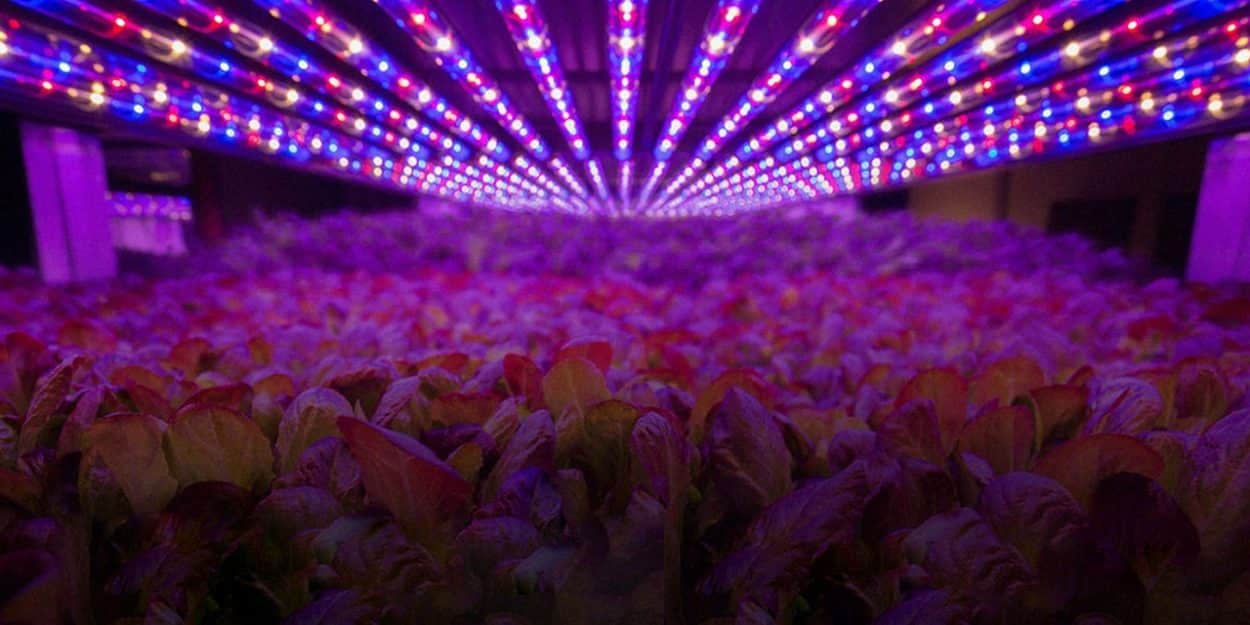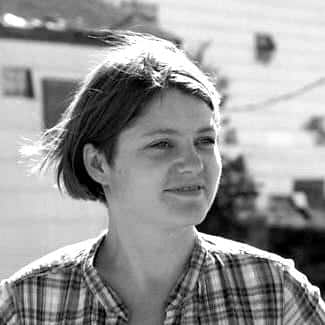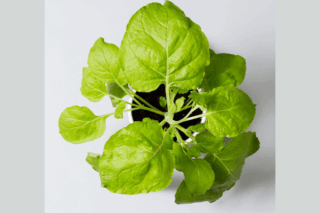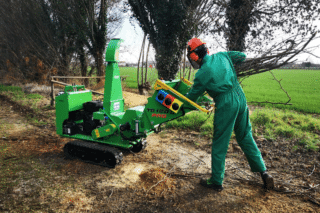Vertical, floating, underground, urban: visit our selection of 4 farms of the future.
1. Vertical Farming: Green Sense Farms, Indiana, USA
Green Sense Farms is a large indoor farm using LED grow lights. Vertical farming—growing crops vertically in stacked layers—allows owner Robert Colangelo to provide the local market with micro and baby greens, culinary herbs and lettuce year round, without chemicals and using less energy.
The farm is located in a warehouse covering nearly 2,800 square meters with two climate-controlled rooms. The rooms are equipped with seven 12-meter grow towers and 7,000 Philips GreenPower production modules. Because they emit less heat than fluorescent bulbs, the lights can be placed close to the plants.
For Colangelo, vertical farming offers big advantages.
“We take weather out of the equation. We grow in a controlled environment indoors. It’s hygienic, it’s safe, it provides the ability to harvest year round and we don’t use pesticides, herbicides, preservatives or GMOs. We also get a high yield in a small footprint.”
He adds:
“We’re disrupting produce distributing by putting these farms at the point of consumption and distribution, making that produce always locally grown, minimizing transportation, the impact to the environment and using less resources.”
2. Underground Farming: Growing Underground, London, UK
Growing Underground uses hydroponic systems and LED technology to grow fresh micro greens and salad in abandoned tunnels 33 meters beneath the streets of London.
According to farm manager Olivia O’Brien:
“Traditional agriculture faces a great deal of challenges in terms of limited growing space, food miles [the distance between the point of production and the consumer] and a growing population. We’re interested in how to produce food while being conscious of those challenges, which is why we have a carbon accounting system that shows every input into the running of the farm, tracking our carbon impact, which we then offset through a forestation and reforestation project.”
Their hydroponic system uses 70% less water than traditional open-field farming. All nutrients are kept in a closed-loop system, which reduces the risk of environmental contamination. And because consumers are just steps away, produce can travel from farm to fork in just four short hours.
3. Urban Farming: Gotham Greens, USA
Founded in 2009 in New York, Gotham Greens produces greenhouse-grown vegetables and herbs. Company operations cover about 16,000 square meters of urban rooftop greenhouses in four facilities, including the world’s largest rooftop farm in Chicago’s Pullman neighborhood (nearly 7,000 square meters). For Julie McMahon, digital marketing coordinator,
“It’s an adaptive use of unused space.”
Year-round production uses 100% renewable energy. According to McMahon, the completely controlled growing environment offers 20 to 30 times higher yields than conventional farming, while using up to 10 times less water.
By using an integrated pest management system, plants are grown without the need for chemicals to control insect pests, weeds or diseases. Water is constantly recirculated, and fortified with nutrients only when the crop is in need. Hand-harvested and packed daily, Gotham Greens can reach consumers in mere hours.
4. Farming on the Water: Floating Farm, Netherlands
In 2017, the city of Rotterdam will open the world’s first floating dairy farm. The facility’s 40 cows will have the potential to produce 1,000 liters of milk each day.
The spacious cow garden sits on top of a stable, floating structure designed by naval architects to simulate the animals’ natural environment. Project partner Minke van Wingerden at developer Beladon says:
“There will hardly be any movement.”
The pasture surface is grass, which means the cows can lie down or graze. Trees and bushes provide shade.
The farm is designed to be self-sufficient. Feed is produced on site. Special beds provide for short seed germination cycles, and grass is grown under LED lights.
Nutrients are recycled, solar panels provide energy and rain collection ensures that water is available at all times. Inside the barn, artificial grass filters the cows’ urine, which is captured in a special membrane beneath the floating farm’s floor.
An automatic scraper collects manure. Placed in a bio-digester, it is converted into green energy to provide heat and electricity.
Van Wingerden adds:
“Seventy percent of the Earth is covered in water, so why not use it? When you build on water, you have oceans of possibilities and new ground for growth.”















